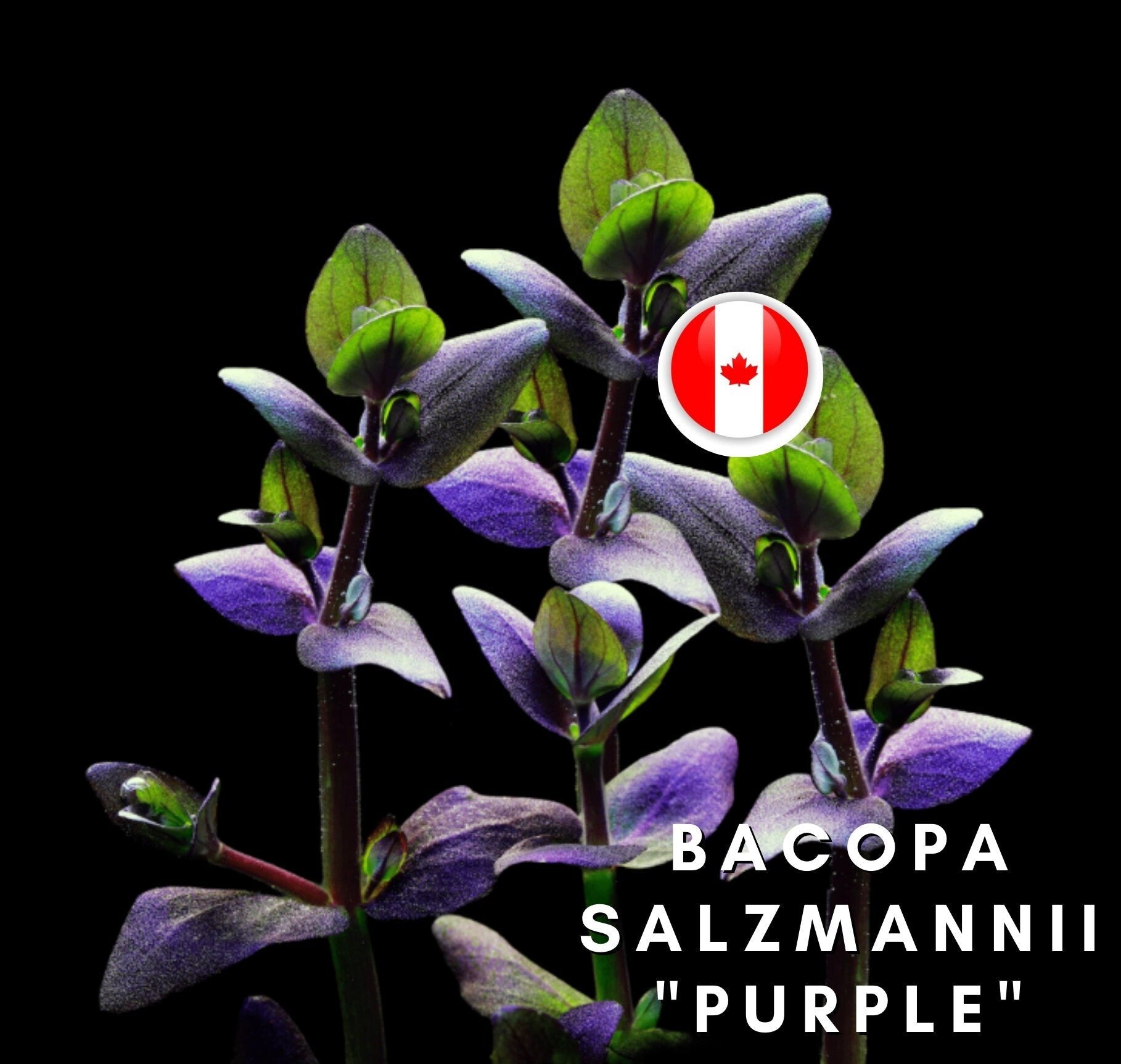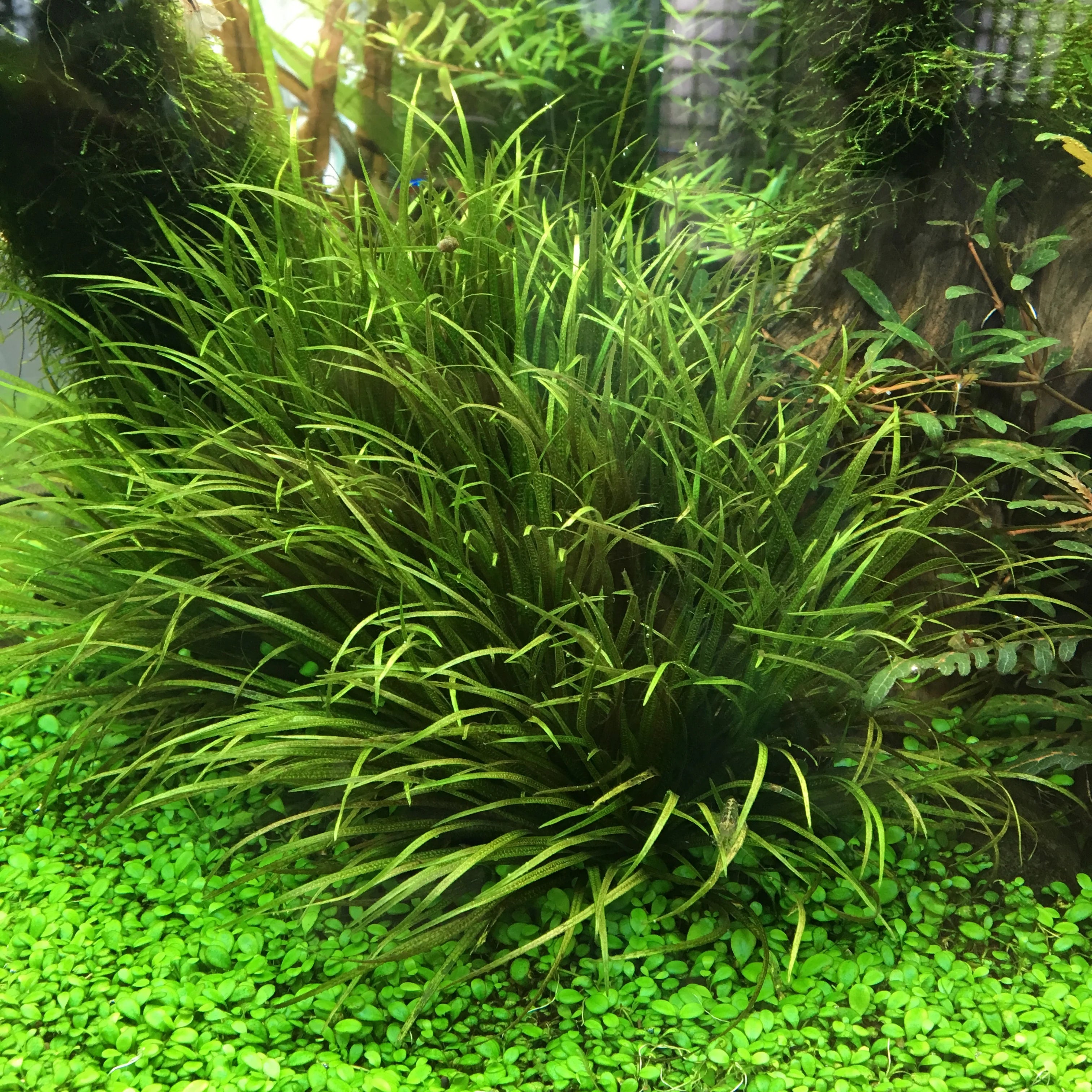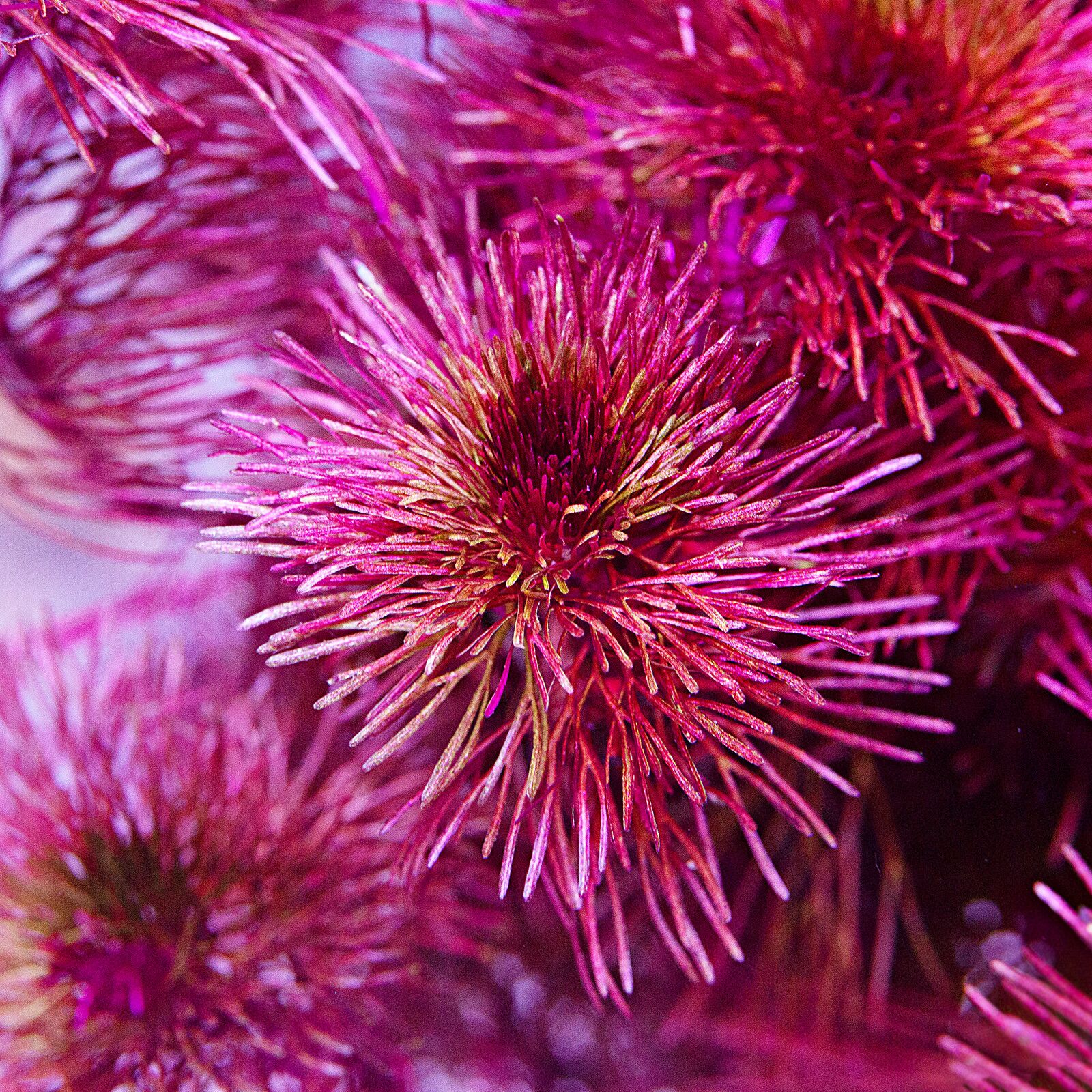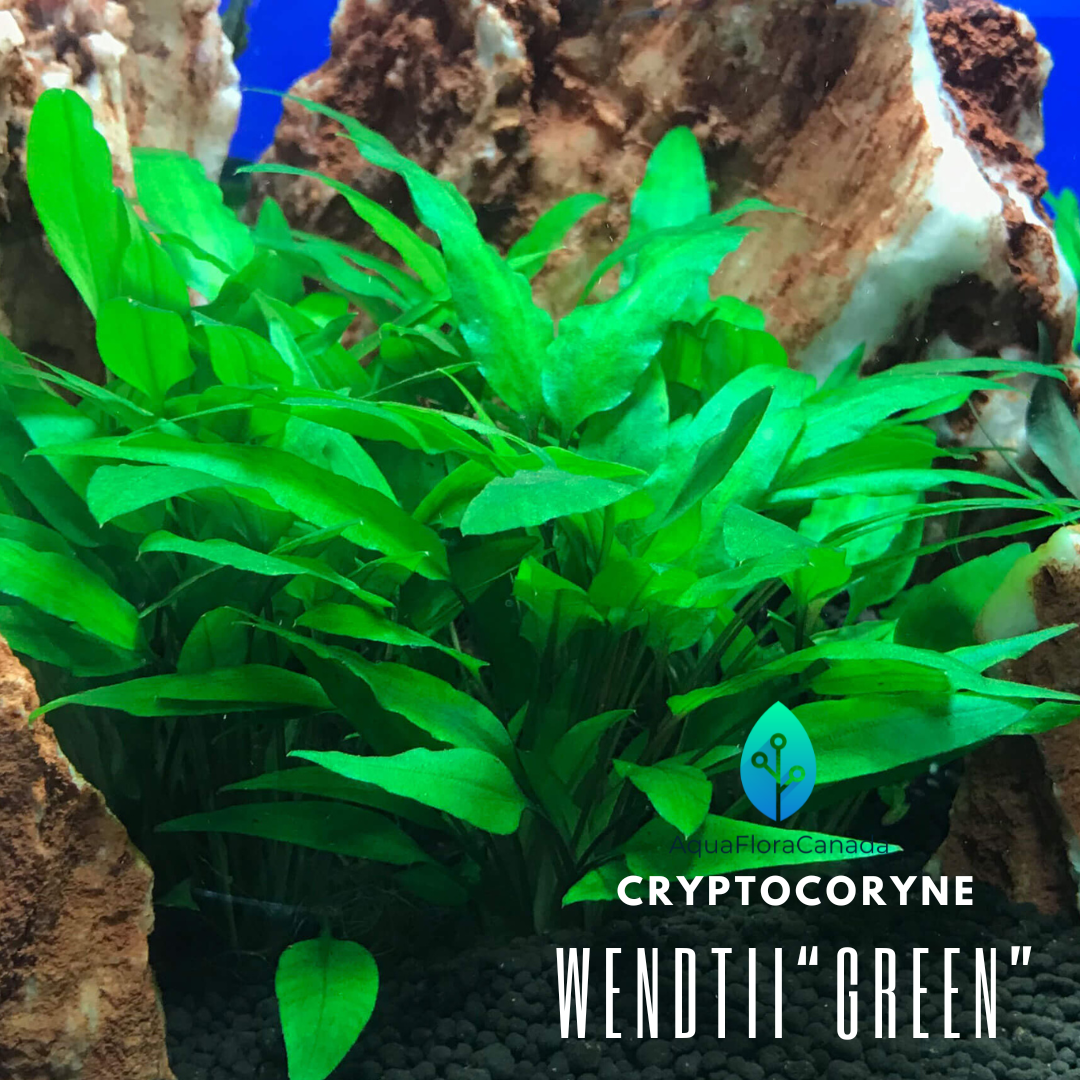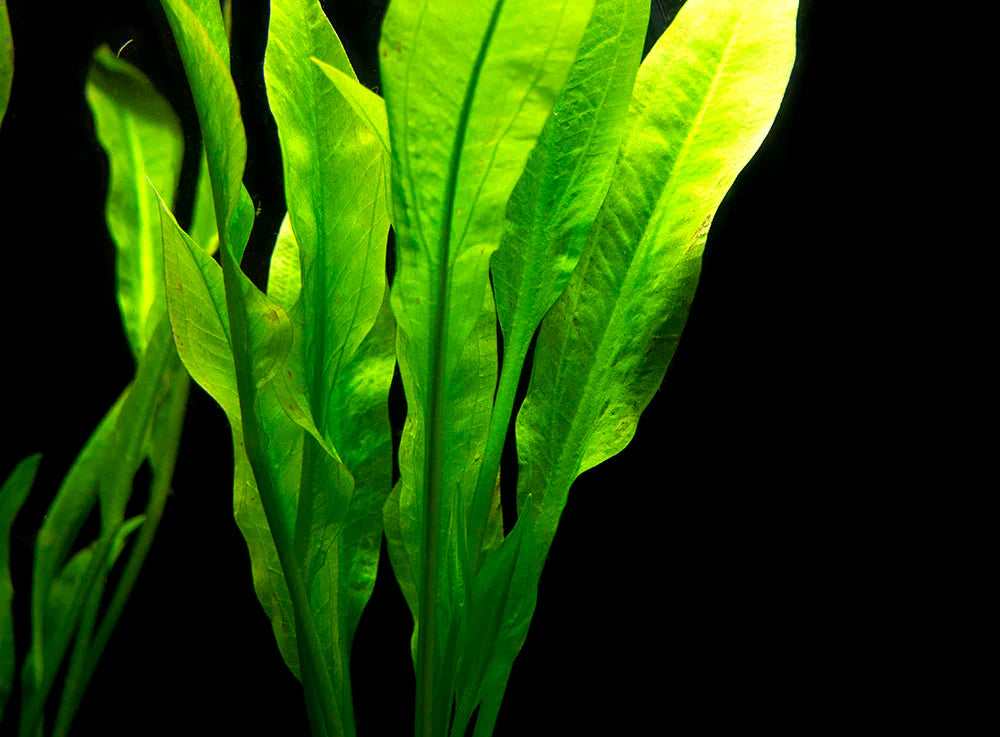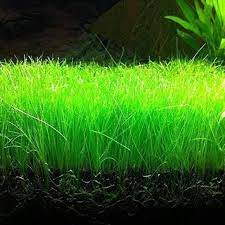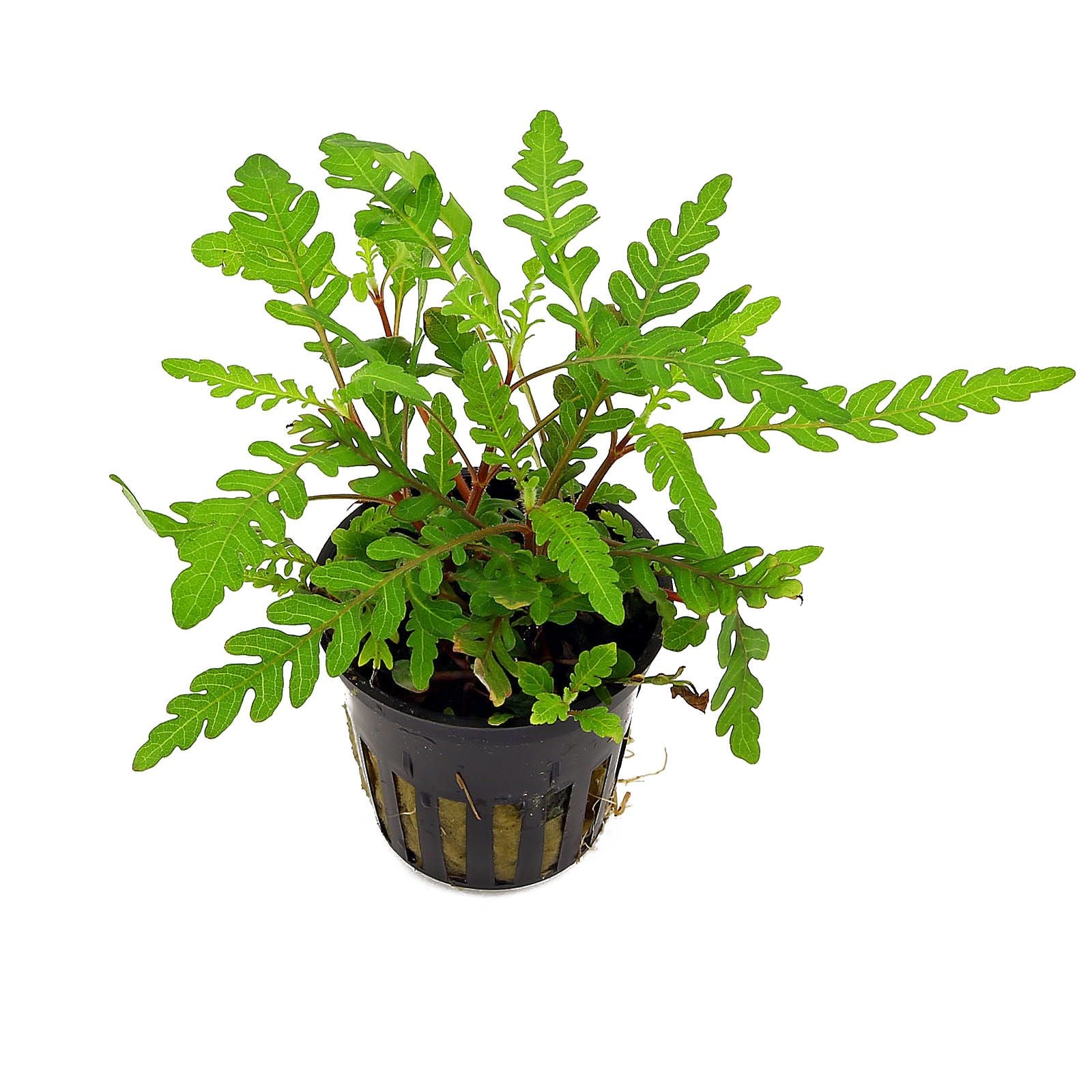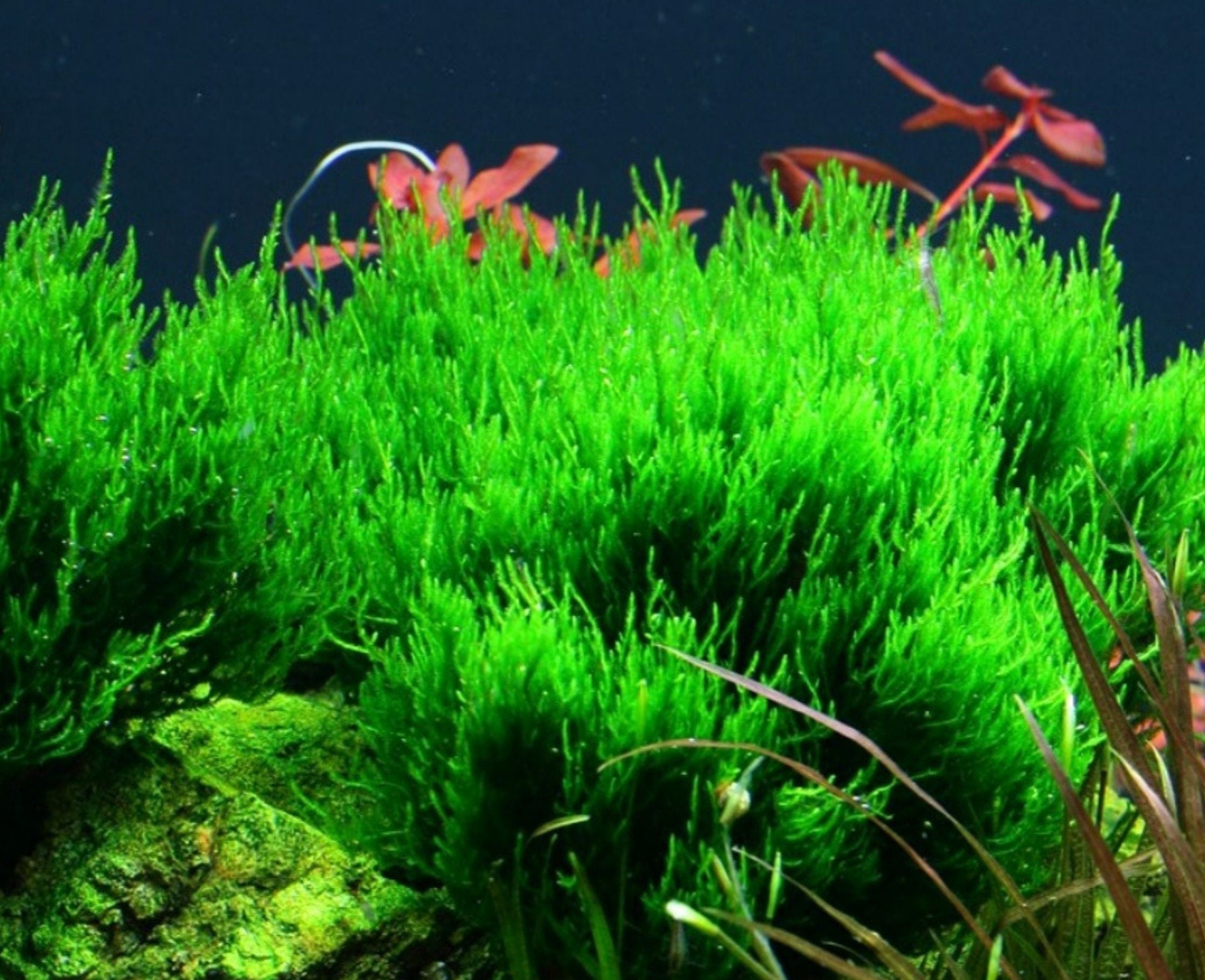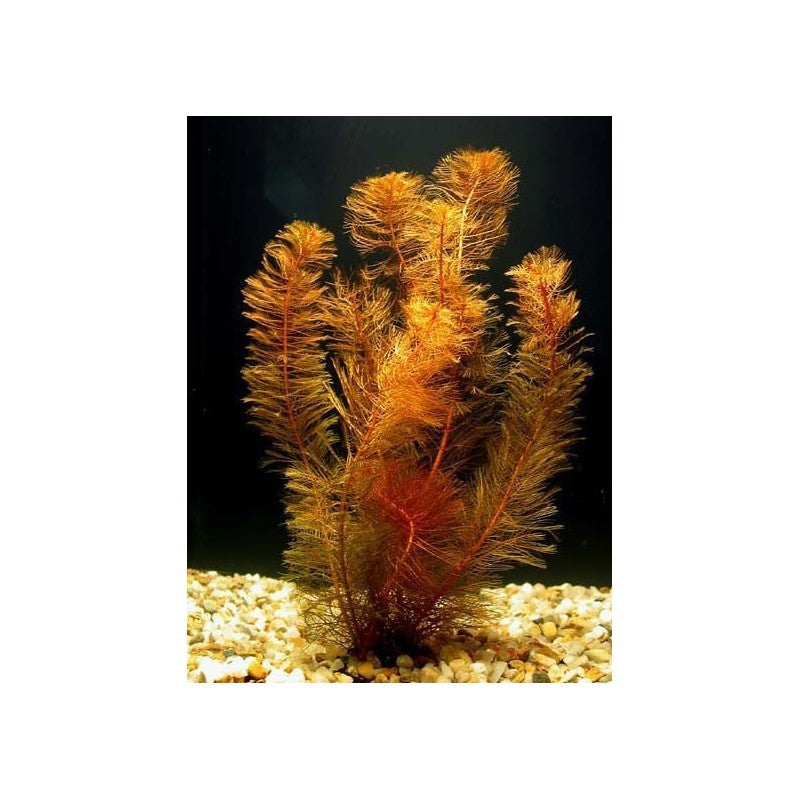Emerald Dwarf Rasbora is a small and vibrant freshwater fish known for its stunning coloration and peaceful nature, making it a popular choice for planted aquariums and community tanks.
Overview
- Scientific Name: Celestichthys erythromicron (formerly Microrasbora erythromicron)
- Common Names: Emerald Dwarf Rasbora, Emerald Rasbora, Dwarf Rasbora
- Family: Cyprinidae
- Origin: Inle Lake, Myanmar (Burma)
- Size: Adult Emerald Dwarf Rasboras typically grow to about 2-3 cm (0.8-1.2 inches) in length.
Appearance
- Coloration: These fish are known for their striking emerald green bodies, which are adorned with vertical blue stripes running from the gills to the tail. Their fins are often tipped with orange or red, adding to their vibrant appearance. Males tend to be more colorful than females, especially during the breeding season when their colors intensify.
- Body Shape: Emerald Dwarf Rasboras have a streamlined, torpedo-shaped body, which is typical of many rasbora species. Their small size and vivid colors make them a delightful addition to any aquarium.
Habitat and Tank Requirements
- Tank Size: Due to their small size, Emerald Dwarf Rasboras can be kept in smaller tanks, with a minimum size of 10 gallons recommended. However, larger tanks are preferable for groups, as they are a schooling species and thrive in larger groups.
-
Water Parameters:
- Temperature: 22-27°C (72-81°F)
- pH: 6.5-7.5
- Hardness: Soft to moderately hard water (5-12 dGH)
- Substrate: A dark substrate is often recommended, as it helps to enhance the colors of these fish. Fine gravel or sand works well, especially in a planted tank.
- Tank Setup: A densely planted tank with plenty of hiding spots and open swimming areas is ideal for Emerald Dwarf Rasboras. They feel more secure in environments with lots of plants, driftwood, and other decorations. Floating plants can also help to diffuse light and create a more natural setting.
Behavior and Compatibility
- Temperament: Emerald Dwarf Rasboras are peaceful and social fish that do best in groups of at least 6-8 individuals. In larger schools, they display more natural behaviors and are less stressed.
- Compatibility: They are excellent community fish and can be kept with other small, peaceful species such as other rasboras, tetras, small catfish (like Corydoras), and shrimp. Avoid keeping them with larger or aggressive species that might intimidate or prey on them.
Diet
- Feeding: Emerald Dwarf Rasboras are omnivores and have a preference for small, live, or frozen foods such as daphnia, brine shrimp, and bloodworms. They will also readily accept high-quality flake foods and micro pellets. A varied diet will help maintain their vibrant colors and overall health.
Breeding
- Breeding Behavior: Breeding Emerald Dwarf Rasboras in captivity can be challenging but is possible with the right conditions. They are egg scatterers, and breeding typically occurs in dense plants or spawning mops.
- Setup: A separate breeding tank with fine-leaved plants or spawning mops is recommended. Once spawning is observed, the adults should be removed to prevent them from eating the eggs.
- Fry Care: The eggs hatch within 24-48 hours, and the fry can be fed infusoria or liquid fry food initially, followed by newly hatched brine shrimp as they grow.
Care Tips
- Regular water changes and maintaining stable water parameters are essential for the health of Emerald Dwarf Rasboras.
- Keeping them in a well-planted tank with plenty of hiding places will reduce stress and encourage natural behavior.
- Due to their small size, ensure that tank mates are similarly sized and non-aggressive.



